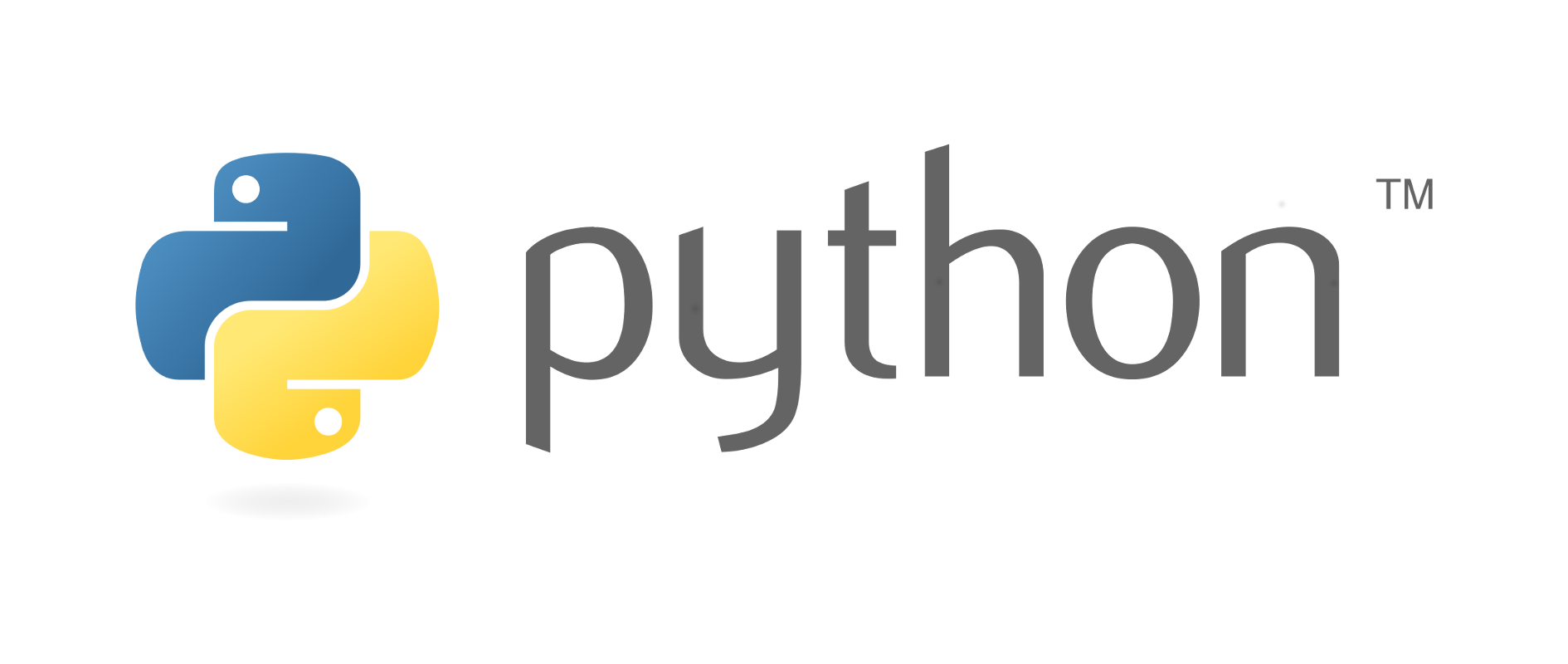Data Aggregates
[01]Given the following Python code:
a = “hello"
b = a[2]
What is the value of b?
(a)hello (b)None (c)e (d)l
A. d
[02]Given the following Python code:
a = “world"
b = a[0]
What is the value of b?
(a)world (b)w (c)Error is thrown (d)None
A. b
[03]Given the following Python code:
a = “world"
b = a[5]
What is the value of b?
(a)None (b)world (c)w (d)Error is thrown
A. d
[04]Given the following Python code:
a = “world"
b = a[-1]
What is the value of b?
(a)w (b)d (c)Error is thrown (d)None
A. b
[05]Given the following Python code:
a = list(“hello")
b = len(a)
What is the value of b?
(a)0 (b)Error is thrown (c)5 (d)4
A. c
[06]Given the following Python code:
a = [1, 2, 3]
b = a[2]
What is the value of b?
(a)Error is thrown (b)3 (c)2 (d)1
A. b
[07]Given the following Python code:
a = [1, 2, 3, 4, 5, 6]
b = a[2, 5]
What is the value of b?
(a)[3, 4, 5] (b)[2, 5] (c)[2, 3, 4, 5]
(d)[3, 4, 5, 6]
A. a
[08]Given the following Python code:
a = [1, 2, 3, 4, 5, 6]
b = a[ : : -1]
What is the value of b?
(a)[1, 2, 3, 4, 5, 6] (b)[6] (c)[6, 5, 4, 3, 2, 1] (d)[1]
A. c
[09]Given the following Python code:
a = [1, 2, 3, 4, 5, 6]
b = a[ : : 2]
What is the value of b?
(a)[1, 3, 5] (b)[1, 2] (c)[2] (d)[2, 3, 4, 5, 6]
A. a
[10]Given the following Python code:
a = [1, 2, 3, 4, 5, 6]
b = slice(2, 3)
What is the value of b?
(a)[2] (b)[2, 3] (c)[3] (d)[2, 5, 6]
A. c
[11]Given the following Python code:
a = [1, 2, 3]
b = [-1]
What is the value of b?
(a)[3] (b)[3, 2, 1] (c)3 (d)-1
A. 3
[12]The __________ method of the List object add a new element to the end of a list.
(a)sorted() (b)copy() (c)index() (d)append()
(e)insert()
A. d
[13]The __________ method of the List object add a new element to the list at a specified position.
(a)insert() (b)index() (c)copy() (d)sorted()
(e)append()
A. a
[14]The __________ method of the List object returns the index of first occurene of an element in the list.
(a)index() (b)sorted() (c)append() (d)instert()
(e)copy()
A. a
[15]The __________ method of the List object orders its elemens ascending and returns them in a new List object.
(a)instert() (b)append() (c)index() (d)copy()
(e)sorted()
A. e
[16]The __________ method of the List object returns a new List with the same elements and order as the calling object.
(a)copy() (b)append() (c)sorted() (d)index()
(e)insert()
A. a
[17]The __________ instruction is used to delete an element of a List at a given index.
(a)not (b)del (c)in
A. b
[18]The __________ operator returns True if a give element exists inside of a List.
(a)del (b)in (c)not
A. b
[19]The __________ operator returns True if a given element does not exist inside of a List.
(a)in (b)not (c)del
A. b
[20]A __________ is a Python collection type which represents an immutable, ordered collection of elements.
(a)Frozen Set (b)List (c)Dictionary (d)Tuple
A. d
[21]A __________ is a Python collection type which represents a mutable, ordered collection of elements.
(a)Frozen Set (b)List (c)Set (d)Tuple
(e)Dictionary
A. b
[22]A __________ is a Python collection type which represents an map of key-value pairs.
(a)Frozen Set (b)Dictionary (c)List (d)Tuple
(e)Set
A. b
[23]A __________ is a Python collection type which represents a mutable non-ordered collection of unique elements.
(a)Frozen Set (b)Tuple (c)Set (d)List
(e)Dictionary
A. c
[24]]A __________ is a Python collection type which represents a mutable non-ordered collection of unique elements.
(a)List (b)Dictionary (c)Set (d)Tuple
(e)Frozen Set
A. e
[25]Which of the following statements properly creates a Tuple object?
(a)[1, 2, 3] (b){1, 2, 3} (c)(1, 2, 3) (d){“x":0, “y":1}
A. c
[26]Which of the following statements properly creates a List object?
(a){“x":0, “y":1} (b){1, 2, 3} (c)(1, 2, 3)
(d)[1, 2, 3]
A. d
[27]Which of the following statements properly creates a Dictionary object?
(a){1, 2, 3} (b)(1, 2, 3) (c)[1, 2, 3] (d){“x":0, “y":1}
A. d
[28]Which of the following statements properly creates a Set object?
(Choose 2.)
(a)(1, 2, 3) (b){“x":0, “y":1} (c){1, 2, 3}
(d)[1, 2, 3]
A. a, c
[29]Given the following Pythoon code:
a = [1, 2, 3]
b = [x + 1 for x in a]
What is the value of b?
(a)[2, 3, 4] (b)[1, 2, 3] (c)[] (d)[6]
A. a
[30]Given the following Pythoon code:
a = [[1, 2, 3], [4, 5, 6]]
b = a[1]
What is the value of b?
(a)1 (b)[1, 2, 3] (c)[4, 5, 6] (d)[4]
A. c
[31]Given the following Pythoon code:
a = [[1, 2, 3], [4, 5, 6]]
b = a[0][1]
What is the value of b?
(a)2 (b)[4] (c)4 (d)[4, 5, 6]
A. a
[32]The __________ method of a Directory object returns the value associated a given key.
(a)key() (b)update() (c)items() (d)fromkeys()
(e)values() (f)get()
A. f
[33]The __________ method of a Dictionary object adds new key-value pairs to the dictionary, or overwrites existing key-value pairs with new values.
(a)keys() (b)fromkeys() (c)gets() (d)update()
(e)values() (f)items()
A. d
[34]The __________ method of a Dictionary object accepts a collection of keys and a single value and construct a new Dictionary which maps each key to the given value.
(a)keys() (b)values() (c)get() (d)fromkeys()
(e)update() (f)items()
A. d
[35]The __________ method of a Dictionary object returns a list containing a tuple for each key-value pair.
(a)get() (b)fromkeys() (c)update() (d)items()
(e)keys() (f)values()
A. d
[36]The __________ method of a Dictionary object returns a list containing all of the keys in the dictionary.
(a)items() (b)values() (c)fromkeys() (d)update()
(e)keys() (f)get()
A. e
[37]The __________ method of a Dictionary object returns a list containing all of the value in the dictionary.
(a)fromkeys() (b)values() (c)get() (d)update()
(e)keys() (f)items()
A. b
[38]Given the following Python code:
a = [“jeff":0, “george":1]
b = a[“jeff"]
What is the value of b?
(a)jeff (b)None (c)0 (d)1
A. c
[39]Given the following Python code:
a = [“jeff":0, “george":1]
b = a[0]
What is the value of b?
(a)jeff (b)1 (c)Error is thrown (d)0
A. c
[40]Given the following Python code:
a = [“jeff":0, “george":1, “john":2]
b = 0
for x in a:
b = b + x
What is the value of b?
(a)0 (b)Error is thrown (c)jeffgeorgejohn (d)3
A. b
[41]Given the following Python code:
a = [“jeff":0, “george":1, “john":2]
b = 0
for x in a values():
b = b + x
What is the value of b?
(a)jeffgeorgejohn (d)0 (c)3 (d)Error is thrown
A. c
[42]The __________ method of a String object sets the first character to upper case.
(a)startwith() (b)capitalize() (c)replace() (d)title()
(e)find()
A. b
[43]The __________ method of a String object sets the first character of each word to upper case.
(a)find() (b)capitalize() (c)title() (d)replace()
(e)startwith()
A. c
[44]The __________ method of a String object returns the index of the first occurent of a given substring.
(a)find() (b)replace() (c)startwith()
(d)capitalize() (e)title()
A. a
[45]The __________ method of a String object finds all occurrence of a given substring, and replaces them with a new string.
(a)title() (b)capitalize() (c)find() (d)replace()
(e)startwith()
A. d
[46]The __________ method of a String object returns true if the first charactor(s) of the string are a specified value.
(a)capitalize() (b)title() (c)find() (d)replace()
(e)startwith()
A. e
[47]Given the following Python code:
a = “hello hellow"
b = a.replace(“hello", “goodbye")
What is value of b?
(a)goodbye hello (b)hello hello (c)hello goodbye
(d)goodbye goodbye
A. d
[48]Which of the following statements would create a multiline string?
(a)x = (“hello hello") (b)x = “hello hello"
(c)x = “""hello hello""" (d)x = 'hello hello’
A. c
[49]The __________ built-in string method converts a string to upper case.
(a)isdecimal() (b)isalpha() (c)chr() (d)isalnum()
(e)lower() (f)upper()
A. f
[50]The __________ built-in string method converts a string method converts a string to lower case.
(a)isalnum() (b)lower() (c)upper() (d)isdecimal()
(e)chr() (f)isalpha()
A. b
[51]The __________ built-in string method returns true if all characters are alphanumeric.
(a)isalnum() (b)isalpha() (c)isdecimal() (d)lower()
A. a
[52]The __________ built-in string method returns true if all characters are alphabetic.
(a)isalpha() (b)lower() (c)isalnum() (d)upper()
(e)chr() (e)decimal()
A. a
[53]The __________ built-in string method returns true if all characters are numbers between 0-9.
(a)upper() (b)isalnum() (c)isalpha() (d)isdecimal()
(e)lower() (f)chr()
A. d
[54]The __________ built-in string method converts a number into a unicode character.
(a)upper() (b)isalnum() (c)chr() (d)isdecimal()
(e)isalpha() (f)lower()
A. c
[55]The __________ built-in string method returns true if all characters are number between 0-9 or is a unicode exponent.
(a)isidentifier() (b)isspace() (c)isdigit()
(d)isspace() (e)islower()
A. c
[56]The __________ built-in string method returns true if the string contains alphanumeric letters(a-z) an (0-9), or underscores(_), and does not start with a number.
(a)islower() (b)isidentifier() (c)isspace()
(d)isdigit() (e)isnumeric()
A. b
[57]The __________ built-in string method returns true if all characters are lowercase.
(a)isspace() (b)islower() (c)isidentifier() (d)isdigit()
(e)isnumeric()
A. b
[58]The __________ built-in string method returns true if all characters are numbers between 0-9 or is a unicode exponent, fraction or other numerical value.
(a)isspace() (b)isdigit() (c)islower() (d)isidentifier()
(e)isnumeric()
A. e
[59]The __________ built-in string method returns true if all characters are white space.
(a)isspace() (b)isdigit() (c)islower() (d)isidentifier()
(e)isnumeric()
A. e
[60]The __________ built-in string method returns true if every word in the string starts with an uppercase letter, and otherwise has lowercase letters.
(a)isupper() (b)join() (c)split() (d)ord()
(e)istitle() (f)len()
A. e
[61]The __________ built-in string method returns true if all characters ar upper case.
(a)ord() (b)isupper() (c)split() (d)join()
(e)len() (f)istitle()
A. b
[62]The __________ built-in string method separates a string into parts and returns a list of those parts.
(a)isupper() (b)len() (c)join() (d)istitle()
(e)split()
A. e
[63]The __________ built-in string method combines an iterable collection of strings into one string.
(a)istitle() (b)ord() (c)join() (d)isupper()
(e)len() (f)split()
A. c
[64]The __________ built-in string method returns the number of characters in the string.
(a)ord() (b)isupper() (c)istitle() (d)len()
(e)join() (f)split()
A. d
[65]The __________ built-in string method converts a character into the unicode member associate with it.
(a)split() (b)istitle() (c)ord() (d)len()
(e)isupper() (f)join()
A. c
[66]The __________ escape character represents backslash.
(a)\" (b)\b (c)\\ (d)\’
A. c
[67]The __________ escape character represents a single quote.
(a)\’ (b)\" (c)\\ (d)\b
A. a
[68]The __________ escape character represents a double quote.
(a)\’ (b)\b (c)\" (d)\\
A. c
[69]The __________ escape character represents an ASCII backspace.
(a)\\ (b)\’ (c)\" (d)\b
A. d
[70]The __________ escape character represents a newline.
(a)\xhh (b)\t (c)\n (d)\ooo
A. c
[71]The __________ escape character represents a horizonal tab.
(a)\xhh (b)\t (c)\ooo (d)\n
A. b
[72]The __________ escape character represents an octal value of “ooo".
(a)\xhh (b)\t (c)\ooo (d)\n
A. c
[73]The __________ escape character represents a character with the hexadecimal value of “hh".
(a)\xhh (b)\t (c)\n (d)\ooo
A. a






Discussion
New Comments
No comments yet. Be the first one!